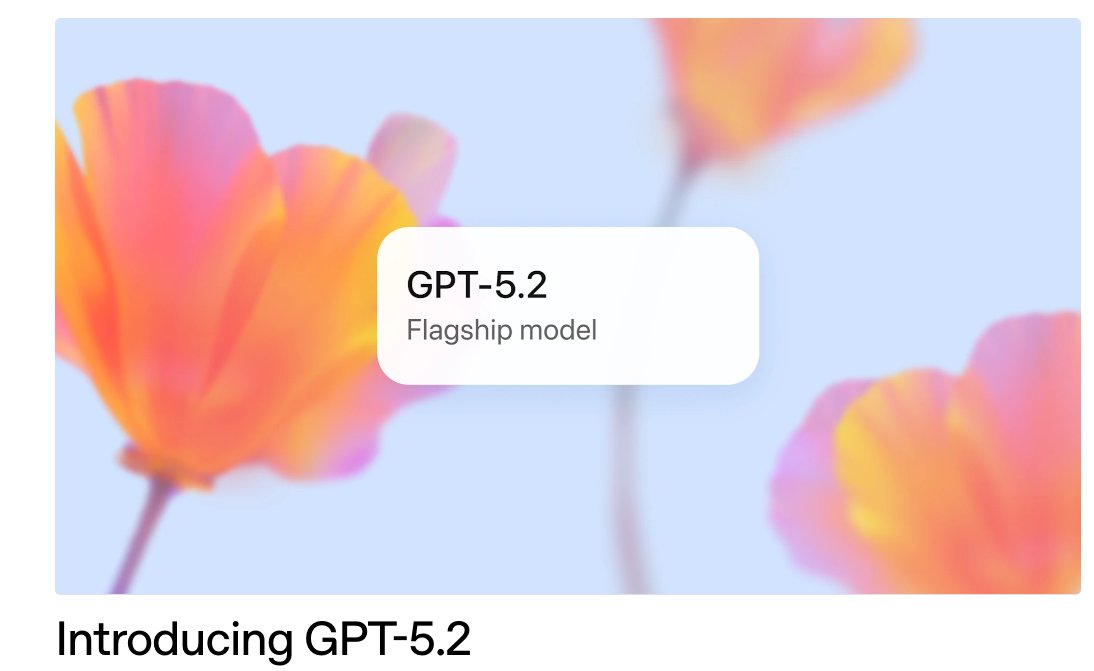Content
GROUP BY in Oracle - Examples & AI Generator
GROUP BY in Oracle - Examples & AI Generator
The GROUP BY clause in Oracle helps you aggregate data efficiently, but remembering the exact Oracle GROUP BY syntax can slow down your workflow—especially if you’re switching between SQL dialects. Whether you're working with sales reports, customer orders, or inventory analysis, writing GROUP BY queries by hand can be time-consuming and error-prone. AI2sql - AI SQL Generator lets you generate ready-to-run GROUP BY queries from plain English in 10 seconds—no manual coding, no Oracle-specific headaches.
GROUP BY Syntax in Oracle
Standard Oracle GROUP BY Statement
column1: The column to group results by
AGG_FUNCTION: An aggregate function (e.g., SUM, COUNT, AVG)
Note: In Oracle, all columns in the SELECT list (except aggregated values) must appear in the GROUP BY clause.
GROUP BY Examples You Can Generate Instantly
1. Total Sales by Customer
Quickly see how much each customer has spent.
2. Order Count per Product Category
Summarizes orders by product category using JOIN syntax valid in Oracle.
3. Average Quantity Ordered by Month
Oracle’s TO_CHAR function makes grouping by date periods precise.
Generate GROUP BY queries in 10 seconds with AI2sql
Why Use AI2sql Instead of Manual GROUP BY Coding
Skip memorizing Oracle GROUP BY syntax—get instant, accurate code
Type queries in natural language, including JOINs and date functions
Copy-paste production-ready code for fast analytics and reporting
Join 50,000+ users in 80+ countries who make SQL reporting effortless with AI2sql.
FAQ: GROUP BY in Oracle
Does Oracle require all SELECT columns to be in GROUP BY?
Yes, any column in the SELECT list that isn't part of an aggregate function must appear in the GROUP BY clause—this is specific to Oracle and helps prevent ambiguous results.
Can I GROUP BY multiple columns in Oracle?
Absolutely. Use a comma-separated list: GROUP BY column1, column2.
How does GROUP BY differ in Oracle vs. other databases?
Oracle enforces strict GROUP BY rules, especially with non-aggregated columns, and supports advanced grouping options like ROLLUP and CUBE not always present in other SQL engines.
Want to skip the manual coding? Generate Your First Query Now—no coding required. Or Try AI2sql Generator and Learn GROUP BY in detail.
Share this
More Articles

TOOLS
GPT 5.2 Has Arrived
Dec 12, 2025

TOOLS
Gemini 3 Pro: Google's 'Most Intelligent' AI Shatters Benchmarks.
Nov 19, 2025

TOOLS
Herramientas de Análisis de Datos: Guía Esencial
Nov 7, 2025

TOOLS
IA para Análisis de Datos: Potencia Empresarial
Nov 7, 2025

TOOLS
Top 5 User-Friendly Self-Service Data Platforms
Nov 6, 2025
